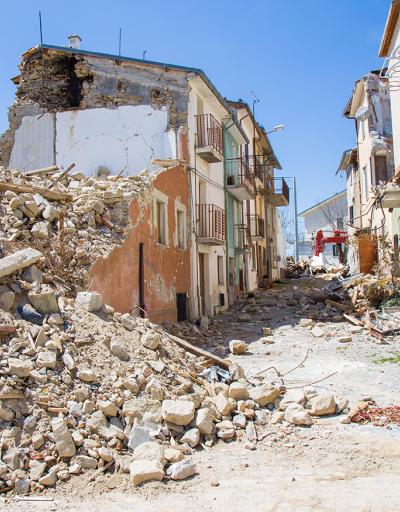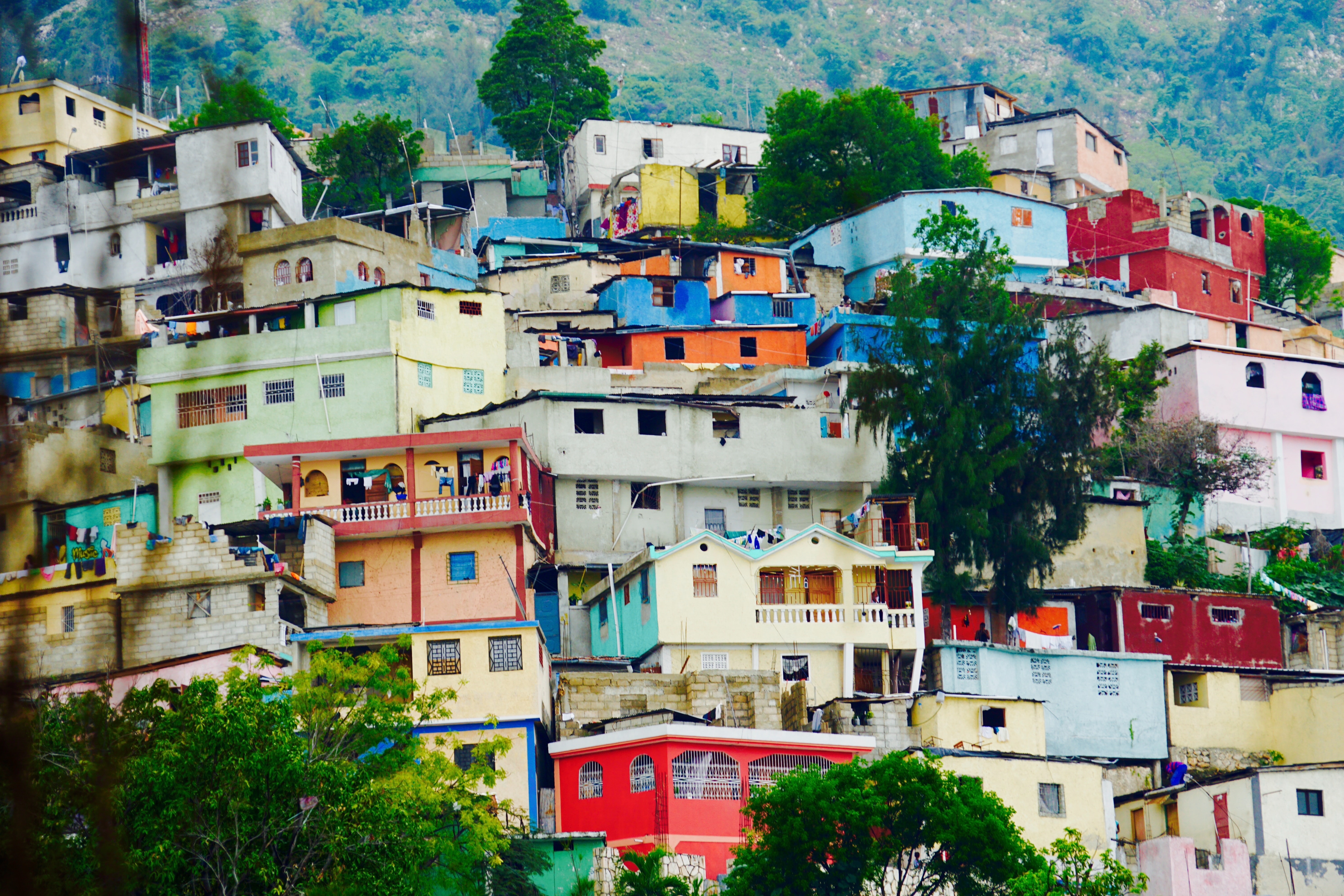
Safer new small-scale buildings in Guatemala and Haiti
The ‘safer new small-scale buildings’ component aims to strengthen the countries' capacity and resources for disaster preparedness and prevention.
The geographical location, the socio-economic vulnerability of the population, and the levels of preparedness and national capacity are significant factors of the impact of an earthquake. The countries of Latin America and the Caribbean are very diverse. However, many of these countries share a complex challenge - the vulnerability of small-scale buildings to natural hazards, especially earthquakes.
Recognising the need to support countries to address this issue, UNESCO is actively supporting Guatemala and Haiti in enhancing their resilience to seismic risks. In Guatemala, UNESCO has developed a technical guideline for small-scale housing to ensure that the construction inspections includes knowledge of seismic-resistant prerequisites. In Haiti, the BERLAC project focuses on enhancing the earthquake resilience of small-scale buildings in vulnerable areas and creating training guidelines on seismic construction techniques and risk management.
Component objectives
Within the framework of the BERLAC project, Component 1 focuses on advancing small-scale building resilience in the face of seismic risks. It accomplishes this through two objectives:
- Identify areas for enhancement in seismic safety of small-scale buildings.
- Facilitate and support capacity development for masons and municipal officials to ensure the construction of resilient buildings.
In Guatemala
Guatemala, a Central American country, is known for its rich indigenous cultures, lush rainforests, and ancient Mayan ruins, boasting a diverse landscape that includes volcanic highlands and tropical coastlines. It also stands as one of the Latin American countries most vulnerable to natural hazards with high seismic risk compounded by the threat of landslides, rapid and unregulated urban expansion, and a dense presence of informal communities.
Disasters have enduring effects on individuals, communities, and, in certain instances, entire countries, necessitating long-term recovery efforts. For example, Guatemala continues to grapple with the aftermath of the 1976 earthquakes, which left a profound socio-economic impact that persists for approximately a quarter of its population.
The country struggles with an array of social, institutional, economic, financial, and technological challenges that demand comprehensive attention across all phases of the disaster cycle. Disasters themselves constitute severe disruptions, profoundly affecting regular community functions. These disruptions stem from potentially devastating events of both natural and human origins, further exacerbated by concealed vulnerabilities within society. The consequences of disasters encompass physical and human casualties, economic and environmental setbacks, and adverse impacts on people's livelihoods, as well as the well-being of regions, communities, and ecosystems.

To mitigate seismic risks in Guatemala, the project began with an extensive analysis, including desktop research and the collection of data using questionnaires and interviews with local experts and municipal officials. It concluded that housing concerns and the safety of the built environment loom prominently in Guatemala, persisting as a significant challenge despite prior initiatives by government agencies, institutions, and non-governmental organizations. Notably, most of these efforts have concentrated primarily on the metropolitan region, with less emphasis on implementing programmes in other areas.
UNESCO is actively supporting Guatemala in bolstering its capacity and resources for disaster preparedness and prevention by developing a technical guideline for small-scale housing. This guideline is tailored to assist municipalities in ensuring that those responsible for construction oversight possess comprehensive knowledge of the seismic-resistant technical prerequisites essential for granting licenses at three pivotal stages: pre-construction, during construction, and before the occupancy of small-scale housing.
The guideline was recently introduced to three municipalities in the country, involving approximately 100 participants, marking a significant step forward in fortifying Guatemala's resilience against seismic risks and disasters.

In Haiti
Situated within the Caribbean region, Haiti boasts a diverse cultural heritage and natural beauty. However, both resilience and vulnerability reside in this picturesque landscapedue to its unique geographical location. Positioned along the active boundary of the Caribbean and North American tectonic plates, Haiti is inherently prone to seismic events, such as earthquakes, landslides, and tsunamis. Additionally, the country is exposed to hurricanes and tropical storms, exacerbated by its topography and by deforestation, which increase the risk of severe flooding.
Haiti’s vulnerability to natural hazards is also due to its built environment. An important share of Haiti's population resides in informal settlements characterized by inadequately constructed housing that lacks the structural integrity needed to withstand seismic forces and other natural hazards. The challenges in establishing and enforcing comprehensive building codes and regulations have contributed to the prevalence of such vulnerable structures, significantly heightening Haiti's exposure to the impacts of natural hazards.
Concurrently, the project aimed to create training guides on seismic and paracyclonic construction techniques that also shared the principles of risk and disaster management. These guides, validated by the Haitian government, served as essential resources in a series of training workshops targeting municipal civil servants, foremen, masons, and civil engineers from diverse universities. From April 2022 to March 2023, 170 engineers were trained in building material standards, and the use of three-dimensional (3D) printers for seismic reinforcement of buildings. In addition, 380 masons and foremen were trained in chain-link masonry.
The BERLAC project also offered support to the Haitian government in collaboration with the Haitian Bureau of Standards to craft a comprehensive manual of standards for construction materials, including reinforcing steel, cement, sheet metal, and structural wood. This undertaking aimed to promote awareness of high-quality construction materials and reduce challenges linked to the use of lower-quality building materials in Haiti. The primary objective was to strengthen the resilience of construction in Haiti against seismic risks and other natural hazards, to ensuring safer and more durable infrastructure.
Manual on construction materials

Contact
Donor






